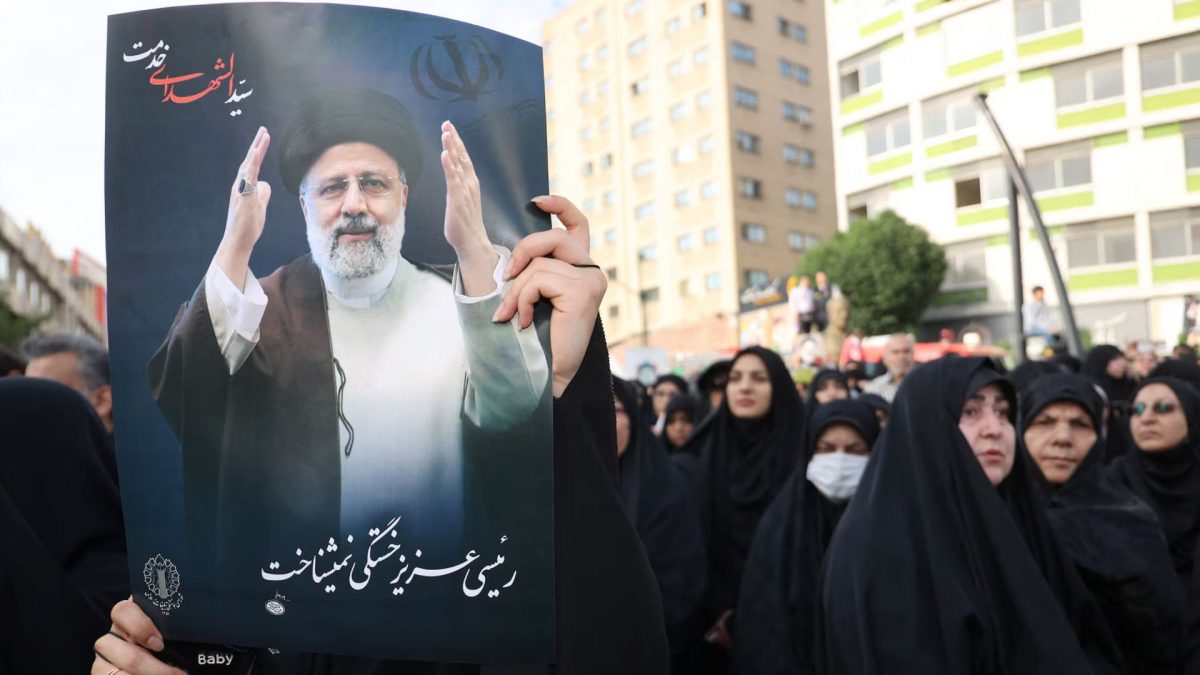Javad Zarif, a former Foreign Minister of Iran, has blamed the United States for the helicopter crash that killed Iran’s President Ebrahim Raisi.
Raisi was killed when the helicopter carrying him crashed in Iran’s mountainous north amid bad weather. Foreign Minister Hossein Amir-Abdollahian was also travelling with him. He was also killed in the accident.
Raisi and Amir-Abdollahian had flown to the East Azerbaijan province for the inauguration of a hydropower project. They were flying in a US-made Bell 212 helicopter, which Iran procured before the Islamic Revolution of 1979.
Accusing the United States for the deaths of Raisi and Amir-Abdollahian, Jarif said it was a “culprit” in the incident.
“One of the culprits behind yesterday’s tragedy is the United States, because of its sanctions that bar Iran from procuring essential aviation parts. These will be recorded in the list of US crimes against the Iranian people,” said Zarif in an interview with state media.
Following the Islamic Revolution, the US imposed an arms embargo on Iran. The sanctions have since only increased over Iran’s nuclear programme. The sanctions by the United States and partners mean that Iran has not been able to procure advanced aircraft.
What do we know of Raisi’s helicopter?
Raisi and Amir-Abdollahian were flying in a Bell 212 helicopter. The helicopter would have to be at least 45-years-old as it would have been procured before the embargo and sanctions hit in 1979.
The Bell 212 helicopter is from the Vietnam War-era and earned a legendary status by robustly flying over dense jungles amid gunfire.
Before the Islamic Revolution, when Iran was ruled by a pro-West monarchy, Iran had purchased a number of Western aircraft, such as F-14 fighter planes and Chinook helicopters. But such a procurement stopped after 1979 and Iran had to resort to cannibalising aircraft to maintain and repair its fleet in addition to seeking spare parts from the grey market.
Impact Shorts
More ShortsIn a report, The Telegraph said that spares for the upkeep of the Bell 212 in which Raisi was flying would have been nearly impossible to find legally.
Even for US allies, the wait for Bell 212 spares has extended to several months. “The British military only recently stopped flying its own fleet of Vietnam-era helicopters, which it branded obsolete because of the time it took to find spare parts. Where it would once take weeks to source the required materials, more recently engineers were sometimes forced to wait for months for spares to arrive,” noted Joe Barnes in an article for The Telegraph.
Lack of advanced equipment could have led to accident: Experts
Noting that Raisi’s helicopter crashed in the mountains amid fog and rain, experts have said that the lack of modern equipment in the helicopter could have led to the accident.
Barns noted that Raisi’s helicopter could have lacked weather radar or a radar that could penetrate through the clouds to establish altitude. This could have made flying in poor weather difficult. In the absence of such equipment, pilot would have to rely completely on their visuals to navigate the terrain.
Such a scenario is further backed by Turkey which said that either the helicopter was not fitted with a transponder or it was turned off as no signal was being emitted from the helicopter. The Iranian authorities had roped in Turkey’s help in locating the helicopter after it went missing.
“We track every aerial signal since Iran is part of the area we are responsible for in search-and-rescue operations. But we couldn’t get any signal at all. It must have been received, but it didn’t happen,” said Turkish Transportation Minister Abdulkadir Uraloglu.


)

)
)
)
)
)
)
)
)



